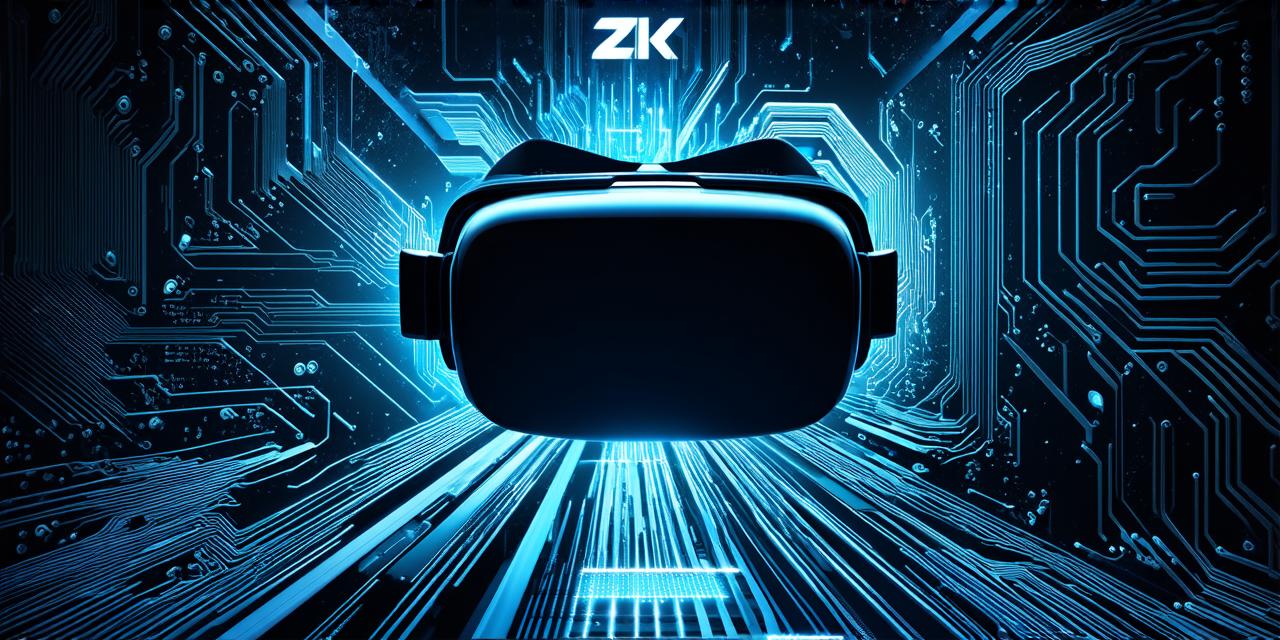Introduction
Virtual reality (VR) is a rapidly growing field that offers immersive experiences to users. To create engaging and interactive VR games, developers need game engines that support this technology. In this article, we will explore the top game engines for VR development, their features, and use cases. We will also discuss how these engines can help streamline the development process and improve the overall user experience.
Unity
Unity is one of the most popular game engines used for VR development. It offers a wide range of features that make it easy to create immersive experiences. With Unity, developers can use real-time graphics, physics simulations, and scripting languages like C and JavaScript. Unity also supports multiple VR platforms such as Oculus Rift, HTC Vive, and PlayStation VR.
Key Features
- Cross-platform support
- Large community of developers contributing to its open-source codebase
- User-friendly interface for easy creation and editing of games without advanced technical skills
Use Cases
Unity is used in a variety of industries, including gaming, education, healthcare, and entertainment. For example, Unity has been used to create educational experiences that allow students to explore historical events in an immersive way. In the healthcare industry, Unity has been used to create simulations for training medical professionals, such as surgeons and nurses.
Notable Use Cases
- Many popular games, such as Beat Saber and Half-Life: Alyx, were developed using Unity.
UE4
Unreal Engine 4 (UE4) is another popular game engine used for VR development. Like Unity, UE4 offers real-time graphics, physics simulations, and scripting languages. However, UE4 has some unique features that make it stand out from other engines.
Key Features
- Advanced rendering techniques for highly realistic visuals even on low-end hardware
- Built-in VR editor with features like motion capture support
- Support for multiple VR platforms, including Oculus Rift, HTC Vive, and PlayStation VR
Use Cases
UE4 is used in a variety of industries, including gaming, film, and architecture. For example, UE4 has been used to create realistic visual effects for films like The Revenant and The Jungle Book. In the architecture industry, UE4 has been used to create interactive 3D models that allow users to explore and modify designs in real-time.
Notable Use Cases
- Many popular games, such as Fortnite and Resident Evil 7, were developed using UE4.
Half-Life: Alyx
Half-Life: Alyx is a VR game developed by Valve Corporation. It is considered one of the most advanced VR games to date, and it was built using Unity. The game offers a highly immersive experience that transports players into the world of Half-Life, where they can interact with objects and environments in new and exciting ways.
Innovative Features
- Hand-tracking system for natural interaction with objects
- Built-in AI system that adapts to the player’s actions, making each playthrough unique and challenging
Conclusion
In conclusion, there are many game engines available for VR development, each with its own unique features and use cases. Unity and UE4 are two of the most popular engines used for this purpose, offering real-time graphics, physics simulations, and scripting languages. Both engines have large communities of developers who contribute to their open-source codebases, making them ideal choices for beginners and experienced developers alike.
The choice of game engine for VR development depends on the specific requirements of the project. However, by considering factors like performance, ease of use, and cross-platform support, developers can make an informed decision that will help streamline their development process and improve the overall user experience.
